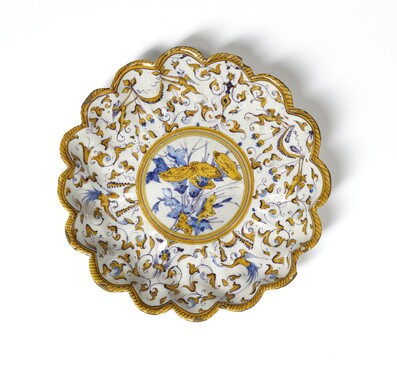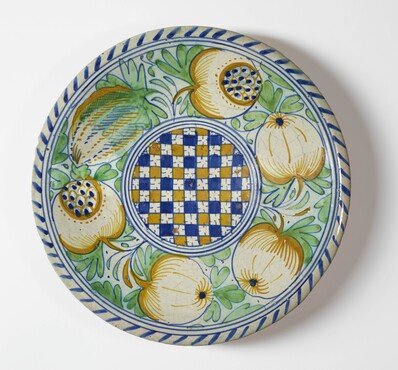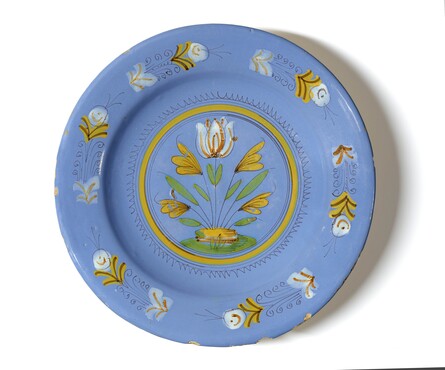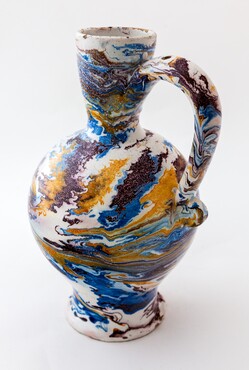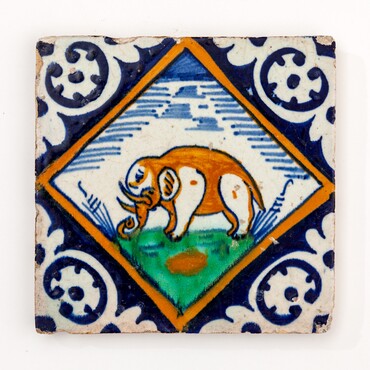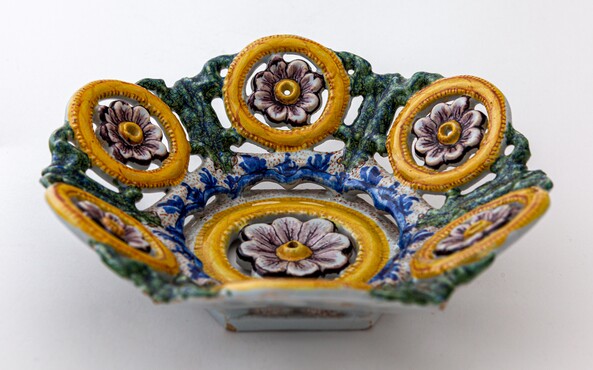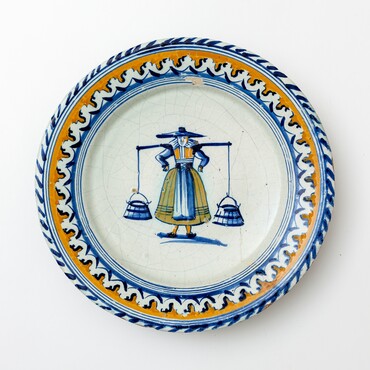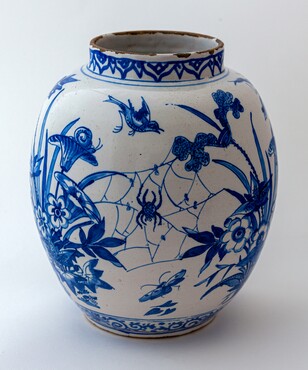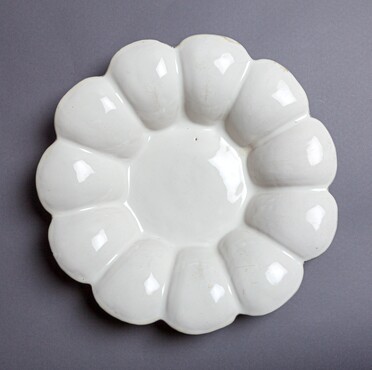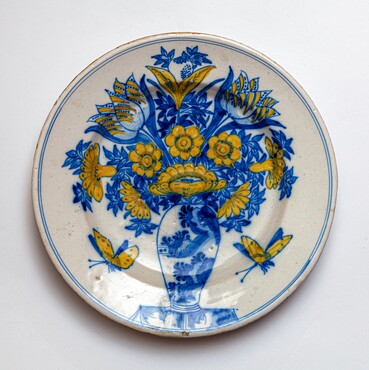Ontdek de collectie
Kunstmuseum Den Haag has a treasure chamber of over 160.000 pieces of art. Here we work on making the highlights from this collection available online.
Natural Splendour
The Terra Verde collection
Vibrant colours that appear to have been applied yesterday, rather than four hundred years ago. Based on admiration and passion for the highly skilled craftmanship of the sixteenth to eighteenth centuries, the Terra Verde Collection – a world-class private collection of Dutch ceramics – provides an inspiring overview of Dutch maiolica, tiles and Delftware. These are not only the rarest of objects – whether with a blue ground, marbled, or with yellow ‘Italian’ decoration – they are also in perfect condition. Natural Splendour will present this unique collection to the public for the first time from 28 May.
What started at a young age with some furniture and accessories purchased for a future home eventually became the highly impressive Terra Verde Collection. The collector prefers to remain anonymous, as his intention is not to flaunt the collection. ‘I’m really not looking to make an impression with it. I collect because I want to surround myself with beautiful things that are rare, or in excellent condition, and have a unique story to tell. If you buy something, it has to be the best of its kind.’ The collection focuses mainly on maiolica, glass, pewter, furniture and Delftware, but also includes textiles and tiles, for example.
The Terra Verde Collection started with a large pewter dish. The collector was struck by its beauty when he saw it at an antique fair in 1976. ‘The grey of this natural material gives objects a restrained elegance that knows no equal. It’s naturally beautiful and strong, so I absolutely do not agree that pewter is “poor man’s silver”.’ Kunstmuseum Den Haag will be showing several sixteenth- and seventeenth-century pewter dishes, but the majority of the exhibition will feature Dutch maiolica, tiles and Delftware.
Maiolica is the forerunner of the Netherlands’ world-famous Delftware. The Dutch Republic brought in trained craftsmen from Italy to raise the standard of its earthenware products, resulting in the multicoloured maiolica typical of the northern Netherlands. Since so little of this utilitarian ware has survived, few collections include this type of ceramic, and for a long time it remained underappreciated. Dutch maiolica was produced mainly in Haarlem, though archaeological finds have indicated that early earthenware was also made in other places, including Rotterdam, Middelburg, Gouda and Harlingen.
Natural Splendour will explore a number of themes, including maiolica with floral motifs, and ‘Haarlem yellow’, which was probably produced for only a short time in the mid-seventeenth century. It was decorated in an Italian style, featuring lots of putti (cherubs). Another unique exhibit will be a case of marbled Delftware. Only fifty items of this rare type have survived the test of time. Alongside the pewterware, white Delftware will also provide a nice contrast to all the vibrant colours. Here, again, the collector’s fascination is with the variation in form rather than decoration.
Natural Splendour will show how, centuries ago, human hands fashioned exquisite objects from a natural material like clay. And how an enthusiast became a connoisseur who combed the world looking for unique items with a story to tell. After some fifty years of collecting, a large proportion of the ceramics from the Terra Verde Collection will be on show in The Hague, items that feature in two parts of the catalogue of the collection (available in Dutch only), also entitled Natural Splendour.

